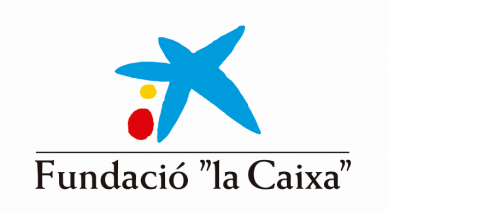Predicció del risc de desenvolupament de psicosi en joves consumidors de cànnabis
El cànnabis és la droga il·lícita més utilitzada al món i sovint es considera "tou" o relativament inofensiu. No obstant això, en els darrers anys, ha augmentat la consciència dels danys associats al seu ús. La literatura actual vincula el cànnabis amb dos resultats psicopatològics: un augment del risc d'experimentar símptomes psicòtics i la síndrome completa d'esquizofrènia, i l'anomenada síndrome amotivacional. Tots dos resultats són d'especial rellevància en adolescents i adults joves, atès que aquesta és la franja d'edat habitual per a l'aparició de trastorns psicòtics, i que la falta de motivació sembla ser un problema particular en els joves consumidors de cànnabis. Tanmateix, també està clar que no tots els usuaris desenvolupen aquests símptomes. Aquest projecte pretén utilitzar imatges cerebrals funcionals per detectar i examinar la susceptibilitat a aquests efectes nocius del cànnabis.
S'examinarà la utilitat de tres anomalies diferents de la imatge funcional cerebral en aquest sentit. (i) Fallada de la desactivació de l'escorça prefrontal medial durant la realització de tasques que requereixen atenció, que està ben documentada en l'esquizofrènia, inclosos pacients amb un primer episodi de malaltia i els seus familiars no afectats, cosa que suggereix que pot ser un marcador de vulnerabilitat. a la psicosi. Es creu que reflecteix una disfunció de la xarxa de mode predeterminat (DMN), un conjunt de regions cerebrals (inclosa l'escorça prefrontal medial) que estan actives en repòs però que es desactiven durant la realització d'una àmplia gamma de tasques que requereixen atenció. (ii) Processament aberrant de recompenses. S'ha proposat com a base de símptomes esquizofrènics positius com ara deliris referencials i percepcions anormals una senyalització de dopamina cerebral augmentada i aberrant que condueix a que s'atribueixi una rellevància a estímuls neutres. El processament de la recompensa es pot examinar mitjançant tasques que mesuren les respostes cerebrals a la recompensa i estímuls associats a la recompensa, i s'ha trobat que és anormal en l'esquizofrènia. (iii) La negligència d'objectius com a índex d'amotivació relacionada amb el cànnabis. Els correlats funcionals cerebrals de l'acció dirigida a un objectiu es poden examinar mitjançant una versió adaptada a fMRI de tasques de comportament sensibles a l'anomenada negligència de l'objectiu, cosa que es creu que subjau a l'apatia observada en pacients neurològics amb síndrome del lòbul frontal.
Aquest projecte utilitzarà tres paradigmes d'imatge funcional en una gran mostra de consumidors de cànnabis (N=100) d'entre 18 i 25 anys, i un grup de controls que no consumeixen drogues (N=50), per examinar aquests tres marcadors d'imatge. Examinarem el fracàs de la desactivació de DMN mitjançant una tasca que exigeix ​​atenció (l'n-back) i un processament de recompenses alterat mitjançant una tasca d'aprenentatge dinàmica de recompensa monetària. També examinarem la motivació mitjançant la prova d'elements múltiples computeritzats (CMET), una prova de negligència d'objectius adaptada a la fMRI. Es realitzarà un examen de les associacions entre activacions/desactivacions durant la realització d'aquestes tasques i mesures clíniques detallades d'experiències semblants a la psicosi (per a les tasques d'n-back i recompensa) i apatia (per al CMET).
115.500,00 €
